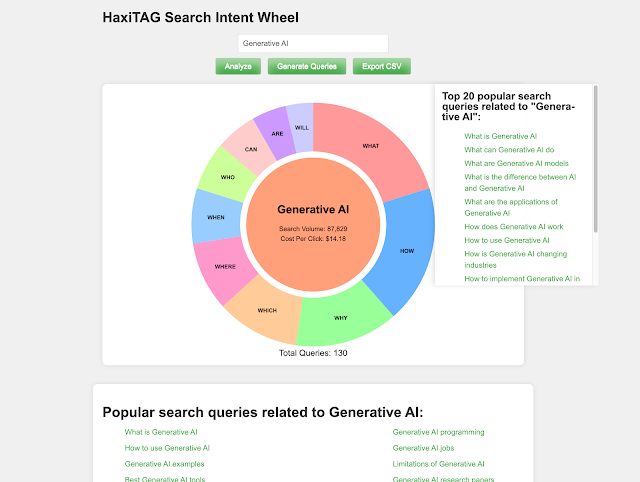GitHub Copilot is a code generation tool powered by LLM (Large Language Model) designed to enhance developer productivity through automated suggestions and code completion. This article analyzes the successful experience of GitHub Copilot to explore how enterprises can effectively build and apply LLMs, especially in terms of technological innovation, usage methods, and operational optimization in enterprise application scenarios.
Key Insights
The Importance of Data Management and Model Training
At the core of GitHub Copilot is its data management and training on a massive codebase. By learning from a large amount of publicly available code, the LLM can understand code structure, semantics, and context. This is crucial for enterprises when building LLM applications, as they need to focus on the diversity, representativeness, and quality of data to ensure the model's applicability and accuracy.
Model Integration and Tool Compatibility
When implementing LLMs, enterprises should ensure that the model can be seamlessly integrated into existing development tools and processes. A key factor in the success of GitHub Copilot is its compatibility with multiple IDEs (Integrated Development Environments), allowing developers to leverage its powerful features within their familiar work environments. This approach is applicable to other enterprise applications, emphasizing tool usability and user experience.
Establishing a User Feedback Loop
Copilot continuously optimizes the quality of its suggestions through ongoing user feedback. When applying LLMs in enterprises, a similar feedback mechanism needs to be established to continuously improve the model's performance and user experience. Especially in complex enterprise scenarios, the model needs to be dynamically adjusted based on actual usage.
Privacy and Compliance Management
In enterprise applications, privacy protection and data compliance are crucial. While Copilot deals with public code data, enterprises often handle sensitive proprietary data. When applying LLMs, enterprises should focus on data encryption, access control, and compliance audits to ensure data security and privacy.
Continuous Improvement and Iterative Innovation
LLM and Generative AI technologies are rapidly evolving, and part of GitHub Copilot's success lies in its continuous technological innovation and improvement. When applying LLMs, enterprises need to stay sensitive to cutting-edge technologies and continuously iterate and optimize their applications to maintain a competitive advantage.
Application Scenarios and Operational Methods
- Automated Code Generation: With LLMs, enterprises can achieve automated code generation, improving development efficiency and reducing human errors.
- Document Generation and Summarization: Utilize LLMs to automatically generate technical documentation or summarize content, helping to accelerate project progress and improve information transmission accuracy.
- Customer Support and Service Automation: Generative AI can assist enterprises in building intelligent customer service systems, automatically handling customer inquiries and enhancing service efficiency.
- Knowledge Management and Learning: Build intelligent knowledge bases with LLMs to support internal learning and knowledge sharing within enterprises, promoting innovation and employee skill enhancement.
Technological Innovation Points
- Context-Based Dynamic Response: Leverage LLM’s contextual understanding capabilities to develop intelligent applications that can adjust outputs in real-time based on user input.
- Cross-Platform Compatibility Development: Develop LLM applications compatible with multiple platforms, ensuring a consistent experience for users across different devices.
- Personalized Model Customization: Customize LLM applications by training on enterprise-specific data to meet the specific needs of particular industries or enterprises.
Conclusion
By analyzing the successful experience of GitHub Copilot, enterprises should focus on data management, tool integration, user feedback, privacy compliance, and continuous innovation when building and applying LLMs. These measures will help enterprises fully leverage the potential of LLM and Generative AI, enhancing business efficiency and driving technological advancement.
Related Topic
- How to Get the Most Out of LLM-Driven Copilots in Your Workplace: An In-Depth Guide - HaxiTAG
- Identifying the True Competitive Advantage of Generative AI Co-Pilots - GenAI USECASE
- Exploring the Applications and Benefits of Copilot Mode in Human Resource Management - GenAI USECASE
- The Ultimate Guide to Choosing the Perfect Copilot for Your AI Journey - GenAI USECASE
- Microsoft Copilot+ PC: The Ultimate Integration of LLM and GenAI for Consumer Experience, Ushering in a New Era of AI - HaxiTAG
- Exploring the Role of Copilot Mode in Enhancing Marketing Efficiency and Effectiveness - GenAI USECASE
- Leveraging Large Language Models (LLMs) and Generative AI (GenAI) Technologies in Industrial Applications: Overcoming Three Key Challenges - HaxiTAG
- Developing LLM-based GenAI Applications: Addressing Four Key Challenges to Overcome Limitations - HaxiTAG
- LLM and GenAI: The Product Manager's Innovation Companion - Success Stories and Application Techniques from Spotify to Slack - HaxiTAG
- LLM-Powered AI Tools: The Innovative Force Reshaping the Future of Software Engineering - GenAI USECASE
